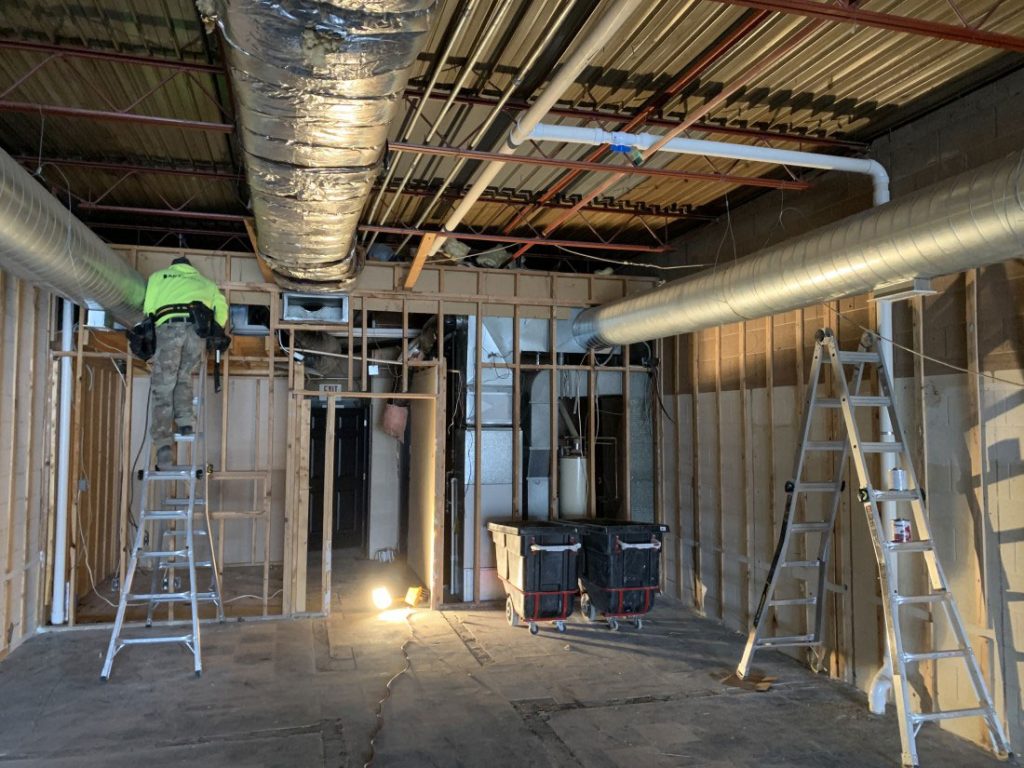Introduction
Vapor intrusion has become a growing concern in California’s environmental and real estate sectors. It refers to the migration of volatile chemicals from contaminated soil or groundwater into overlying buildings, potentially affecting indoor air quality and human health. As development expands across previously industrial or commercial areas, the need to assess and manage vapor intrusion risks has become integral to environmental due diligence. Those involved in site assessment or redevelopment often seek to learn more about how vapor intrusion affects project design, regulatory compliance, and mitigation strategies.
The Impacts Of Vapor Intrusion On Site Development
Vapor intrusion can greatly affect the feasibility and cost of site development projects. When contaminants like volatile organic compounds (VOCs), petroleum hydrocarbons, or chlorinated solvents move upward through the soil and enter indoor air spaces, they can pose health risks to occupants. Common sources of these contaminants include dry cleaners, gas stations, industrial sites, and landfills that have released chemicals into the ground over time.
For developers and property owners, finding vapor intrusion issues during a Phase I or Phase II Environmental Site Assessment (ESA) can cause construction delays, design changes, or the need for cleanup before occupancy. Regulatory agencies in California, such as the Department of Toxic Substances Control (DTSC) and the Regional Water Quality Control Boards, require a thorough evaluation of vapor pathways before allowing construction on contaminated or previously contaminated sites.
In urban redevelopment projects, especially in places like Los Angeles, San Francisco, and Sacramento, vapor intrusion assessments have become a standard part of the planning process. These evaluations not only protect human health but also shield developers from future liabilities. Ignoring vapor intrusion can lead to costly legal issues, project redesigns, and damage to reputation.
Important Factors In Vapor Mitigation
The success of a vapor mitigation system relies on several key factors, including site conditions, building design, and the characteristics of the contaminants. A well-designed system aims to prevent harmful vapors from entering indoor spaces while ensuring long-term performance with minimal upkeep.
Site Characterization
Before choosing a mitigation method, environmental professionals perform detailed subsurface investigations to grasp the nature and extent of contamination. Soil gas sampling, groundwater monitoring, and vapor flux measurements help determine if mitigation is needed and guide the choice of technology.
Building Design And Pressure Differentials
Buildings with basements, crawl spaces, or slab-on-grade foundations are more susceptible to vapor intrusion. Mitigation strategies usually focus on managing the pressure difference between indoor air and the soil below. Techniques like sub-slab depressurization systems create a negative pressure zone beneath the foundation, directing vapors away from the building.
System Components And Materials
Vapor mitigation systems generally consist of venting layers, impermeable vapor barriers, and piping networks connected to vent stacks or fans. The choice of materials must meet California’s environmental and building standards to ensure strength and chemical resistance.
Long-Term Monitoring And Maintenance
Even after installation, ongoing performance checks are crucial. Regular inspections, pressure monitoring, and indoor air testing help ensure that systems work effectively. Maintenance schedules should be part of long-term site management plans to promptly address any performance issues.
Regulatory Coordination
California’s environmental agencies often require collaboration among developers, engineers, and regulators during the mitigation process. Documenting compliance with DTSC guidelines and other local regulations helps show that the site is safe for human health under both current and future land uses.
Conclusion
Vapor intrusion mitigation is an increasingly important aspect of responsible site development in California. As urban areas expand into former industrial zones, understanding and managing subsurface vapor risks have become essential for sustainable growth and regulatory compliance. A well-designed vapor mitigation system not only protects building occupants but also preserves long-term property value.
Professionals engaged in environmental due diligence, construction, or land redevelopment should learn more about evolving regulatory expectations, mitigation technologies, and best practices to ensure that their projects remain both safe and compliant in California’s dynamic environmental landscape.

